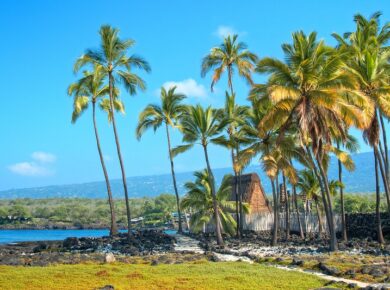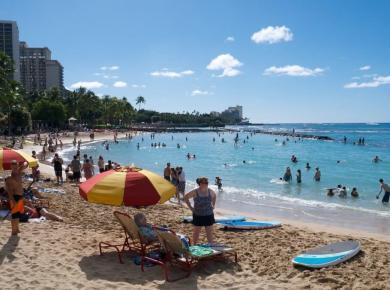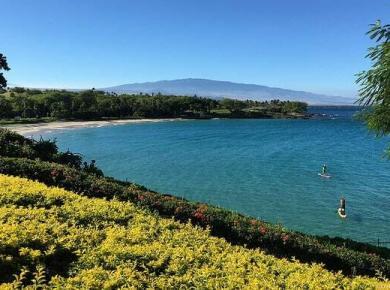The first motions for statehood began at the turn of the 20th century. Per the official Web site of the Hawaii 50th Anniversary of Statehood Commission, these actions were the initial steps toward statehood:
June 14, 1900– Congress passes the Hawai‘i Organic Act which creates the governing legislation of the Territory of Hawai‘i. The act grants citizenship to all citizens of the Republic. A distinct territorial judiciary is set up. The territorial governor and territorial secretary (akin to a lieutenant governor) are to be appointed by the president.
1903– The Territorial Legislature of Hawai‘i passes a resolution calling on territorial delegate Prince Kuhio Kalaniana`ole to request that the U.S. Congress consider “an Act enabling the people of this Territory . . . [to] adopt a State Constitution” so as to be “admitted as a State into the Union.”
February 11, 1919– Prince Kuhio introduces the first Hawaiian statehood bill to Congress. The bill is referred to a committee for further study. In subsequent years, this bill is followed by numerous other bills calling for Hawai‘i Statehood. Prior to 1959, none of these bills gained congressional approval.




